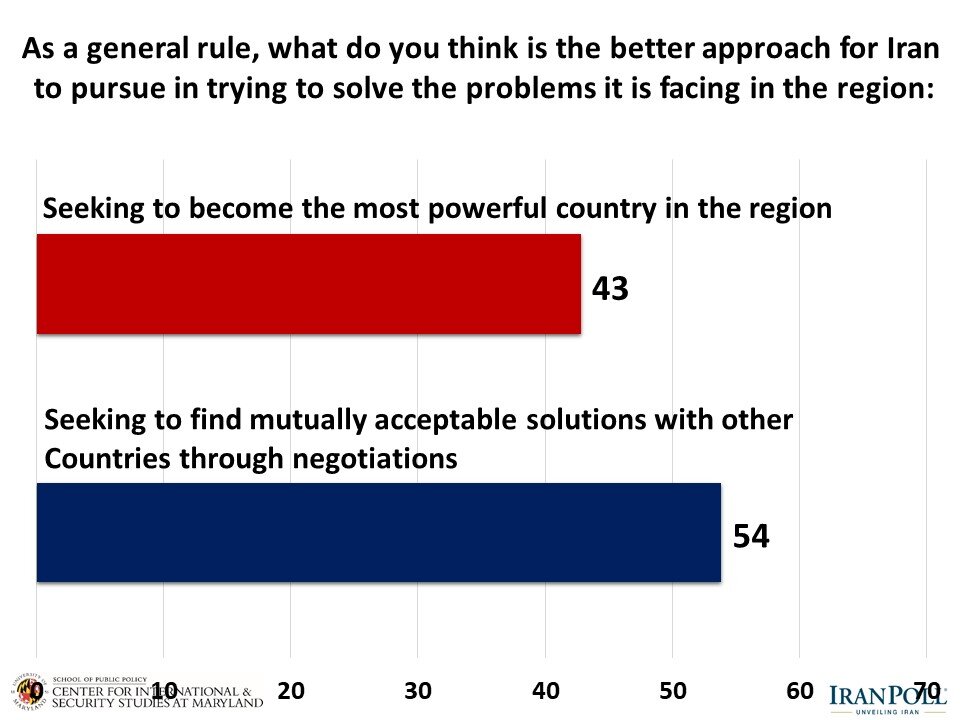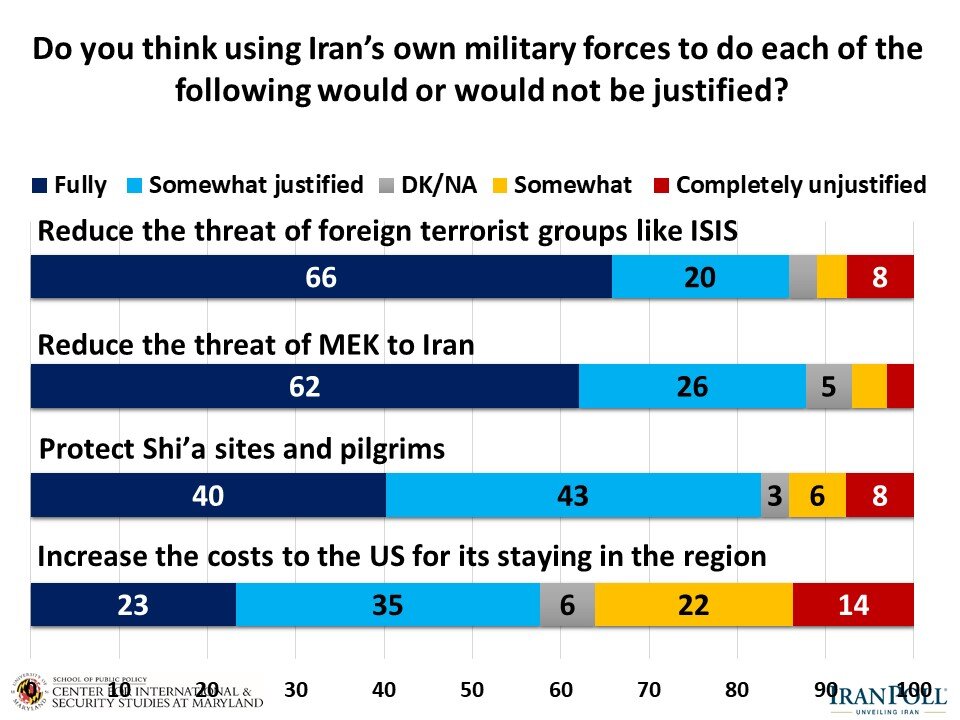University of Maryland CISSM has released its most recent study based on a nationally representative survey conducted in Iran by IranPoll for the University of Maryland. University of Maryland CISSM was responsible for designing the questionnaire, getting feedback from relevant policy experts and practitioners, performing the analysis, and putting together the final report.
IranPoll partially sponsored the collection of the survey through “IranPoll Opinion Research Support Fund in Memory of Professor Thomas Schelling”.
Survey results were released on Oct 18, 2021 at an event hosted by the Atlantic Council (Washington DC). The survey covers many important issues. Primarily, it shows that Raisi has entered office at a very difficult time. Three quarters of Iranians describe Iran’s economy as bad and mostly blame domestic economic mismanagement and corruption, instead of the sanctions and the pandemic for Iran’s current economic situation. Despite the difficult path ahead, however, Iranians have some optimism about Raisi’s ability to address Iran’s problems.
The study is based on a probability sample nationally representative telephone survey. The fieldwork was conducted in Sep 2021 (Aug 30 – Sep 9, 2021), among a representative sample of 1001 Iranians. The margin of error is about +/- 3.1%. The AAPOR2 contact rate of the survey was 81%. The AAPOR2 cooperation rate of the survey was 79%. The overall response rate of the survey based on AAPOR2 was 60%. Survey was conducted using IranPoll’s standard nationally representative probabilistic sampling as detailed here.
MAIN FINDINGS:
Below please find the results of this survey in greater detail:
The report written based on the survey results by University of Maryland CISSM.
Charts showing some of the results created by University of Maryland CISSM are available below.
MEDIA COVERAGE:
Below are links to the articles covering this poll:

























































































































































































